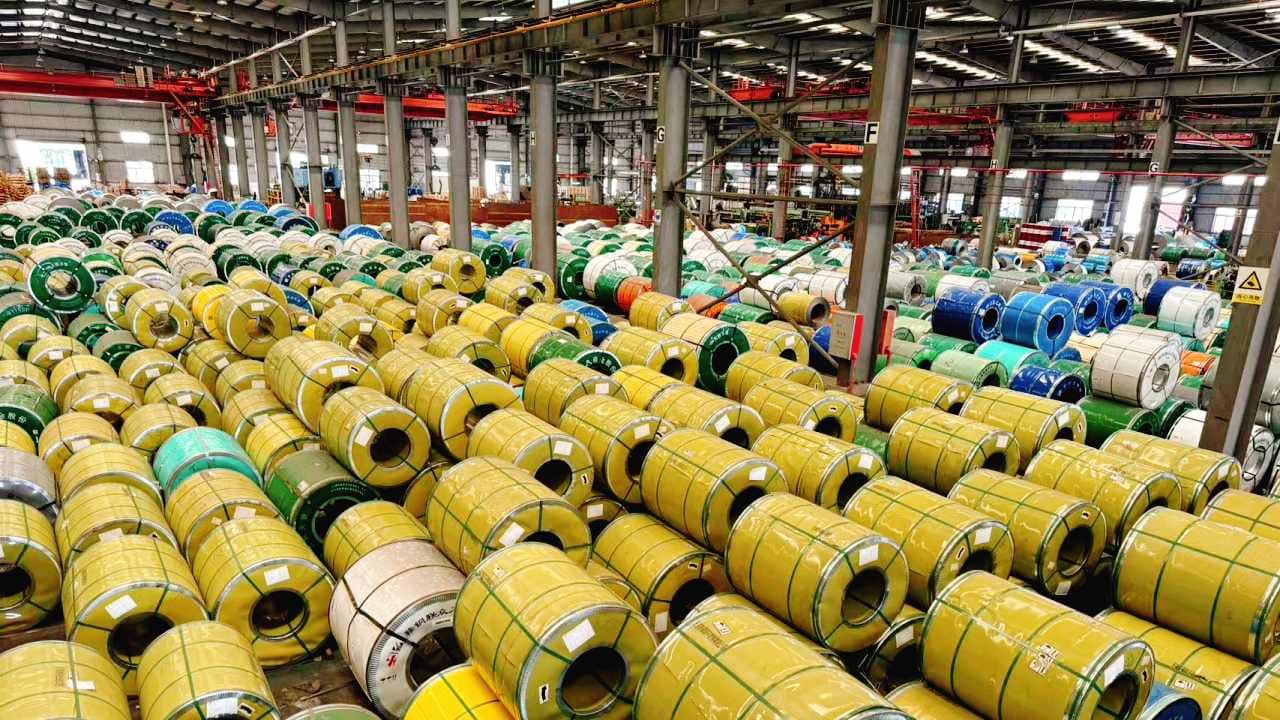Introduction
Inox Material, widely known as stainless steel, is an essential material in modern industry and everyday life. Renowned for its exceptional corrosion resistance and high strength, inox material is extensively used in construction, medical equipment, and food processing, among other fields. Its application not only enhances the durability and aesthetics of products but also aligns with sustainability requirements. This article delves into the properties, uses, and advantages of inox material.



